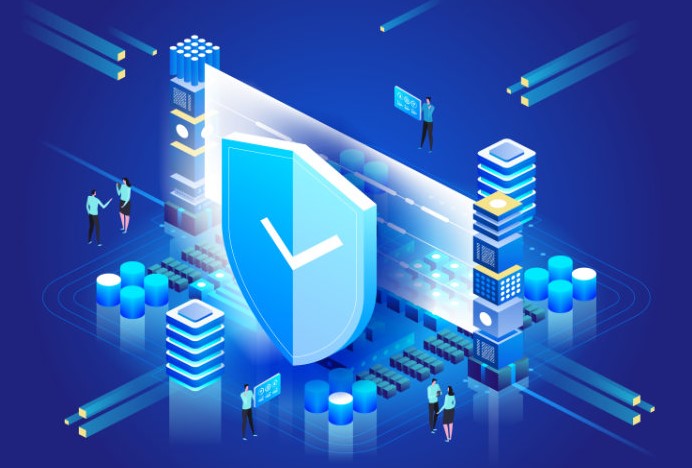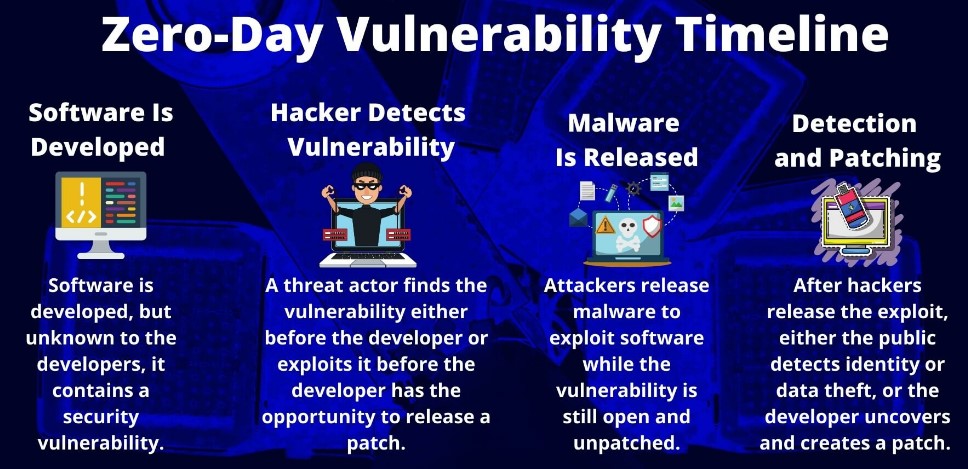According to the E-commerce security statistics, Almost one-third (29%) of your E-commerce website traffic is malicious and may pose a serious threat to your operations. The E-commerce industry is most vulnerable with 32.4% of attacks targeted towards it. As the popularity of E-commerce websites and apps continues to grow, this figure will only increase.
What’s even more interesting is the fact that small to medium sized E-commerce businesses are the prime target for these attacks with 43% of those attacks targeting them. 54% of E-commerce businesses admit that they have become a victim of one or more successful cybersecurity attacks, while 60% of E-commerce businesses have had to close shop in the aftermath of a cybersecurity attack. because they don’t invest in security solutions such as Anti-DDoS.

So, how can E-commerce businesses protect themselves from cyberattacks and data breaches in these challenging times? That is the question we will try to answer in this article. If you are interested in learning about ways to protect your E-commerce business from falling prey to data breaches and cybersecurity attacks then, read on.
- 7 Ways To Safeguard Your E-commerce Website From Cybersecurity Attacks and Data Breaches
- Collect Less Data
- Protect Your Internet Facing Servers
- Keep An Eye on Zero Day Exploits and Other Vulnerabilities
- Carefully Select Your Third Party Vendors and Suppliers
- Bulletproof Your Financial Transactions
- Leverage Penetration Testing Tools
- Maintain and Analyze Logs
7 Ways To Safeguard Your E-commerce Website From Cybersecurity Attacks and Data Breaches
Here are seven proven ways you can hack-proof your E-commerce website.
Collect Less Data
In an age where E-commerce businesses are going overboard with data collection to deliver a more personalized shopping experience to their customers, the idea of collecting less might not be an easy pill to swallow. The more customer data you collect and store, the higher the risk especially if you don’t have the right data protection mechanisms in place to protect that data.
This might also include some personal and financial information of customers. Imagine the impact if all that information ends up in the wrong hands. It will not only damage your business reputation but also put a huge dent on customer trust and loyalty. To make matters worse, such customers will share their negative experiences with others and damage the reputation of your online store.
Protect Your Internet Facing Servers
Your E-commerce platform needs to be integrated with your inventory management software so it can stay up-to-date with the current inventory level and when they need to place orders for procurement. Similarly, you also want to stay abreast of the latest deals and discounts to deliver the best pricing to your customers.
The sensitive nature of this data makes it imperative to safeguard it from falling into the wrong hands. Here are some of the steps you can take to secure your internet facing servers:
- Use network level authentication and multi factor authentication
- Follow password best practices
- Scan for vulnerabilities and patch them as soon as possible
- Enforce strict access control policies
- Use a web application firewall

Keep An Eye on Zero Day Exploits and Other Vulnerabilities
The number of zero-day attacks are slowly but steadily growing. While cybersecurity defenses and tools are catching up with known threats and methods, cybercriminals have started relying on newer, more sophisticated weapons to counter. Since most E-commerce businesses are unaware of these new attack vectors and their security systems are not capable of detecting and responding to them immediately, these zero-day exploits and vulnerabilities give attackers extra time to cause even more damage.
The longer a business takes to identify these vulnerabilities and mitigate the risk, the more damage attackers can do. This is why it is critical for businesses to have a regular vulnerability scanning drill and incident response plan ready to deal with those emerging threats. Couple that with an efficient patching and regular updates and you can drastically reduce the risk of such cybersecurity attacks.

Carefully Select Your Third Party Vendors and Suppliers
Another type of attack which is gaining popularity is supply chain attack. As more and more businesses continue to rely on third party services, vendors and suppliers, cyberattackers have started launching more supply chain attacks. Whether your business is using a cloud service or third party payment processing service, you should carefully select it and make sure they follow security best practices, standards and protocols to keep your data safe.

Bulletproof Your Financial Transactions
By far the most common type of security issue most E-commerce businesses face is credit card fraud. If you are accepting payments via credit cards, make sure you are PCI-DSS compliant. Secondly, ask your users to enter their CVV number when making a purchase online. Make sure that the shipping address of the user matches with their bank account address. If you are storing credit card information of your customers, make sure you protect it.

Leverage Penetration Testing Tools
The growing number of new threats are forcing businesses to periodically test the effectiveness of their cybersecurity defenses. This includes everything from the software you use to the network. Conduct penetration tests on a regular basis so you know exactly how effective your cybersecurity systems actually are.
More importantly, it will give you a better idea about the loopholes present in your system which can be exploited by cyberattackers so you can plug those holes quickly. With attackers launching more sophisticated attacks, it is important for E-commerce businesses to stay vigilant at all times.
Maintain and Analyze Logs
Another great way to keep your E-commerce business safe is to maintain a log. Once your log file is ready, analyze it and it will help you identify suspicious activity, malicious patterns and early warning signs of data breach and cybersecurity attacks.
If you can not do it manually, use automation and machine learning. It will help you identify those patterns from huge data sets quickly and enable your business to act quickly to fix those issues before they turn into something bigger and more dangerous.
What steps do you take to protect your E-commerce website from data breaches and cybersecurity attacks? Share it with us in the comments section below.





Add comment